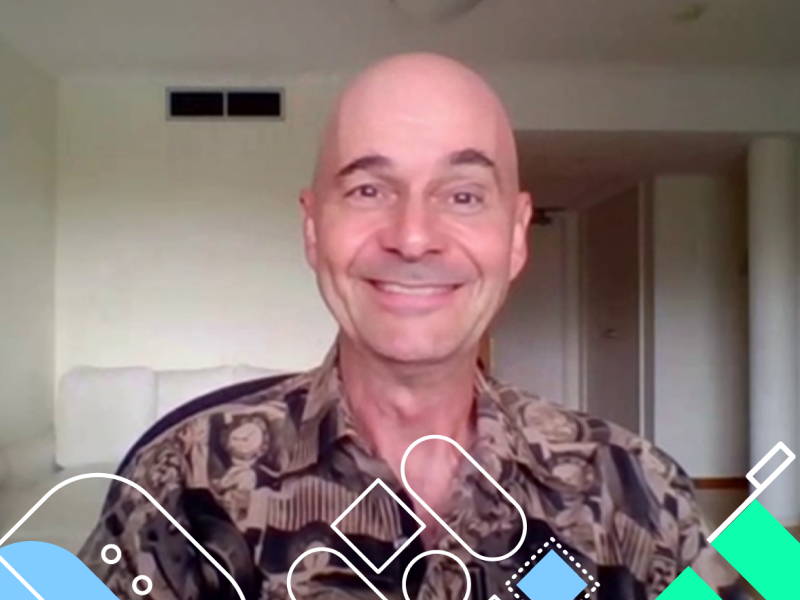Dr Pal Fekete | Academic Director at Taylors College Sydney
In this video (part 2 of 2), Pal continues the discussion on steering innovative curriculum at Taylors College Sydney, and deep dives into the parameters for authentic learning and assessment design.
Pal frames academic misconduct as an ever-present issue, offering his recommendations for making academic integrity ‘stick’ in the minds and motivation of students, plus tactics for embedding practical exercises of integrity in coursework and assessment.
Arguing that invigilation alone is not sufficient in promoting honest, high-achieving students and positioning high quality exams as the key, he canvasses methods such as question banks for randomisation while discussing the associated challenges in balancing assessment difficulty to preserve scoring and evaluation across the bell curve.
Acknowledging the online environment as a temptation or trigger for cheating in its current incarnation, Pal explores how the online space could be harnessed differently to inspire better assessment design that incorporates student initiative. He looks at how online learning supports exploratory tasks in real-time, which may work to empower students and reduce the propensity for cheating, and overcomes the limitations of static, ‘paper-based’ tasks to make for more robust, dynamic assessment.
Commenting on the expected shift back to physical classrooms post pandemic, Pal advocates retaining what works well online, to fashion a truly blended environment for the benefit of both students and educators. He provides examples such as ‘chat’ functionality for introverted students who wouldn’t normally raise their hand to vocalise an answer, and his institution’s existing policy of ‘bring-your-own device’, which allows differentiated pacing for students inclusivity.




